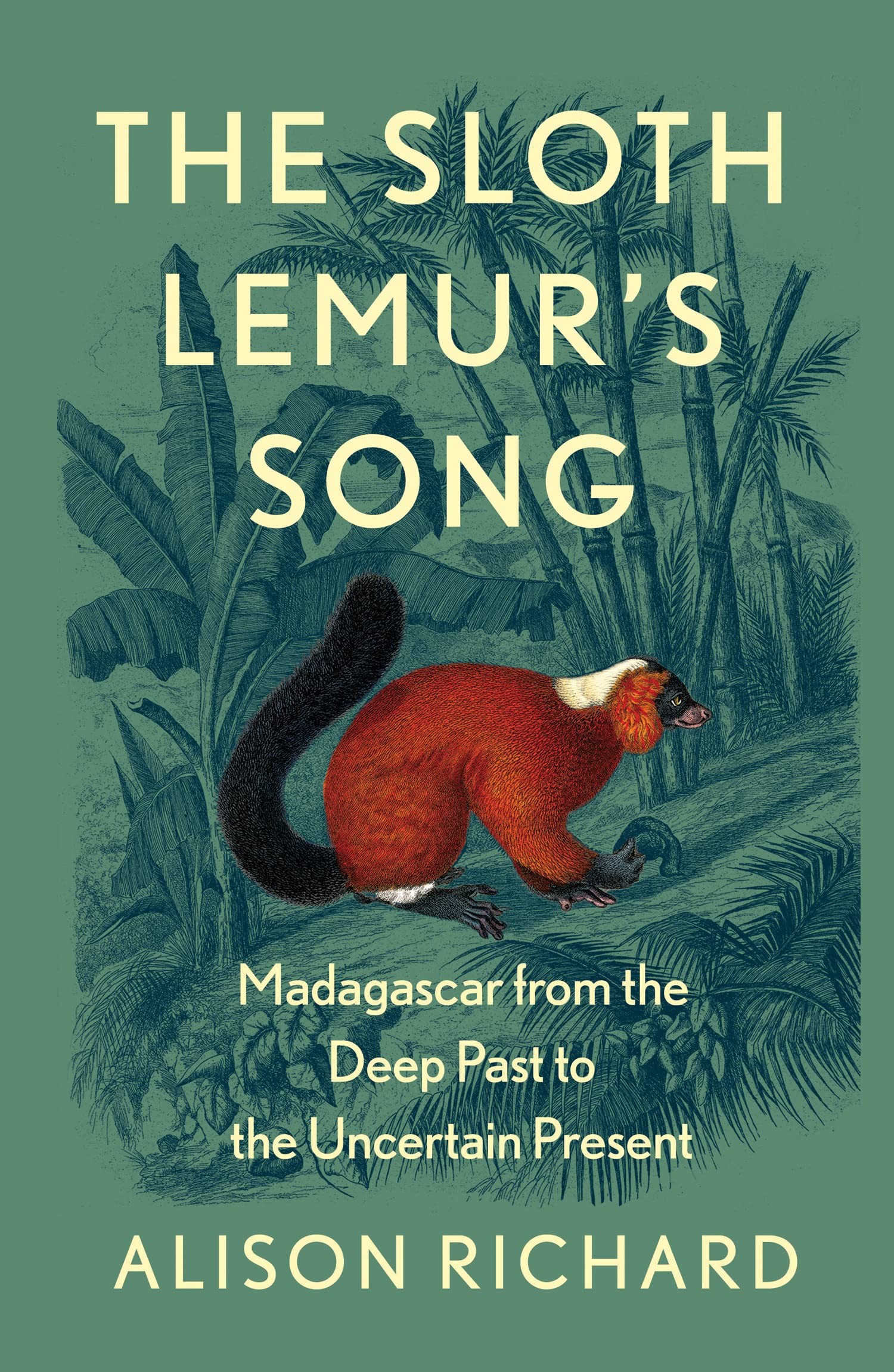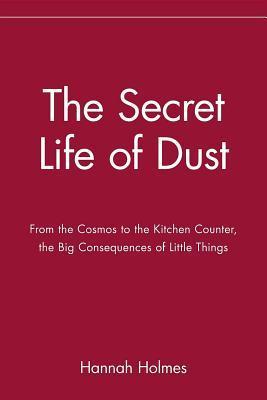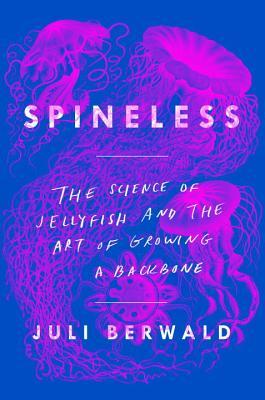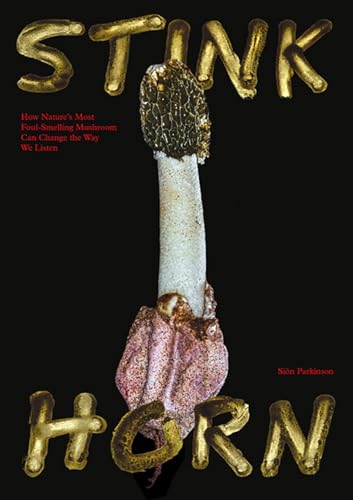
The Slender-billed Curlew was officially declared extinct in 2024, with the IUCN listing updated on 10 October 2025. The next day I found this book in a charity book shop.
In this book, Horatio Clare travels through Turkey, Bulgaria and Romania in search of the elusive Slender- billed Curlew, the last officially accepted sighting of which was in Hungary in 2001.
The Slender-billed Curlew is "a species of curlew, plumaged in a blend
of whites and golds, with dark spots on the flanks, slim and graceful of
form, more refined than the plumpy common curlew, with a thinner,
down-curving beak, which makes it look as though it is chewing a stem of
grass".
The author visits some of the places where this wader used to be seen and talks
to people who have worked in conservation across the area, including Christian Mihai, a bird photographer, Petar Iankov of the Bulgrarian Society for the Protection of Birds (BSPB), Janos Berthond Kiss, who has been instrumental in developing environmental protection in the Danube Delta in Romania and Yannis Tsougrakis, a greek sustainability expert, who has the call of the Slender-billed Curlew as his ringtone on his mobile: "it rises and rises, a burbling ache, a fluting whistle with lament and wildness and defiance in it".
The Slender-billed Curlew favoured areas, such as the Danube Delta and the Evros Delta in Greece, which are severely hunted, though many are on paper protected, largely due to the rarity of the this species of curlew itself. Deltas are affected by rising sea levels and often also drained for agricultural expansion and polluted by industrial activities, which damages the ecology and fragments the remaining suitable habitat areas that aren't directly damaged. The degradation of these wetland areas is bad news for all species that live there, but particularly for rarities such as the Slender-billed Curlew.
There are signs of hope, though no longer for the Slender-billed Curlew, now that it's been declared extinct. The BSPB has "persuaded the Bulgarian government to declare 30% of Bulgaria a Specially Protected Area under EU Law". An area of Burgas in Bulgaria, once home to the Slender-billed Curlew, before an oil refinery was built, has, since the refinery closed down, been restored and is now a nature reserve hosting 273 species of birds, though alas, not the Slender-billed Curlew. The author portrays the story of the Slender-billed Curlew as "a story of a great generation of conservationists. Their legacy, in protected areas, reserves, information centres, visitor numbers and the people they recruited and trained to continue their work, has a value which is incalculable".
However, though we need the optimism, we also need to pay attention to the loss of wetland habitats and the creatures that live there:
"Perhaps this is a message from the Slender-billed Curlew,: the marshes, the soft overlaps of water and land, are shrinking. Human use leaves little room for environmental ambivalence.... If the coming hundred years see disputes over water usage in southern Russia, the Balkans, Europe or North Africa it may come to be said in hindsight, that the quiet, almost invisible fate of the Slender-billed Curlew was a sign of troubles to come".
Orison for a Curlew by Horatio Clare, illustrated by Beatrice Forshall, published (2017) by Little Toller Books.





















































